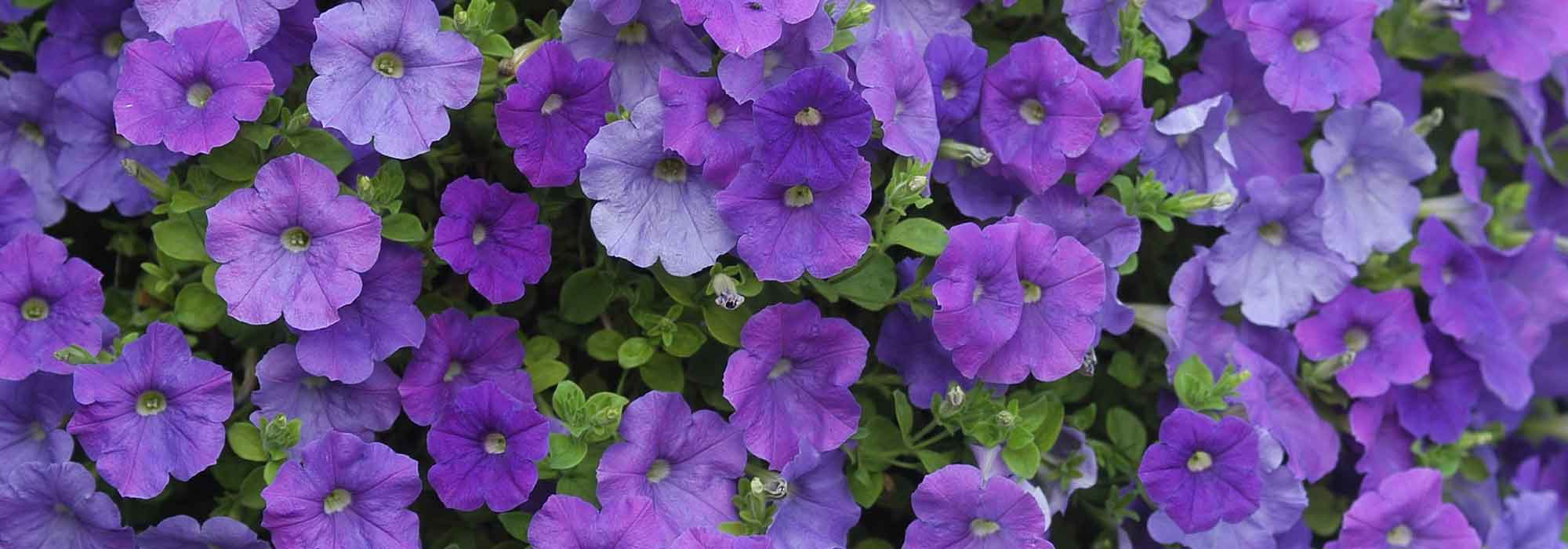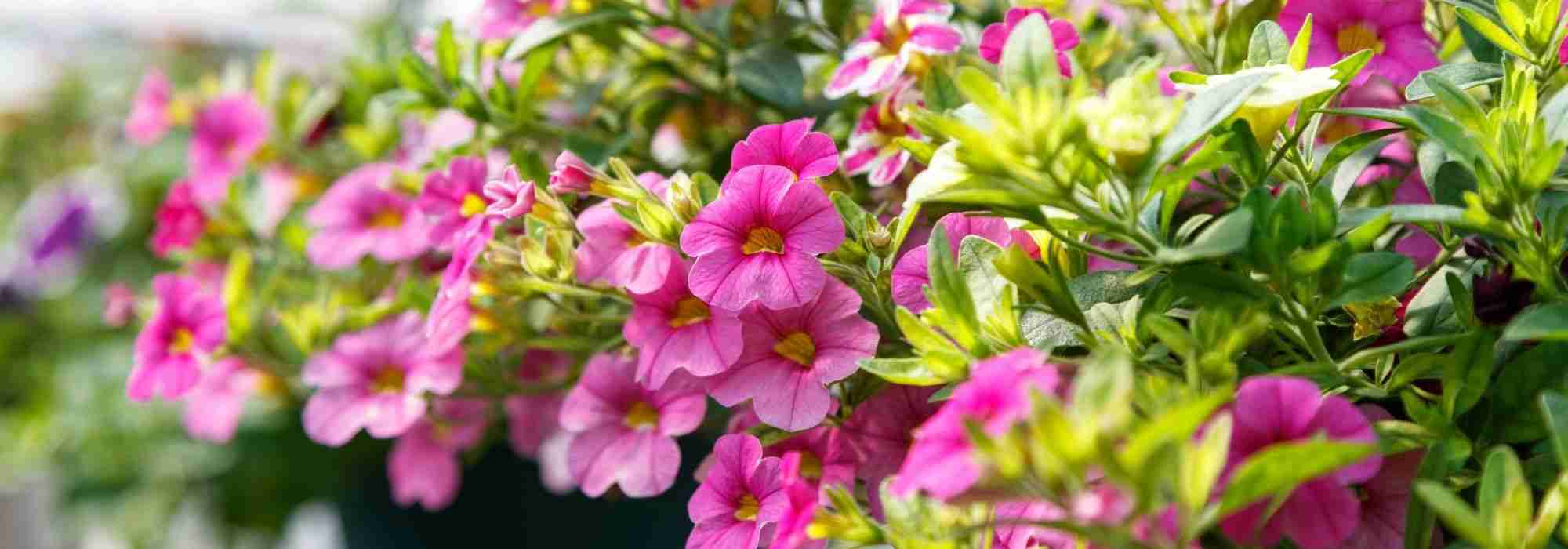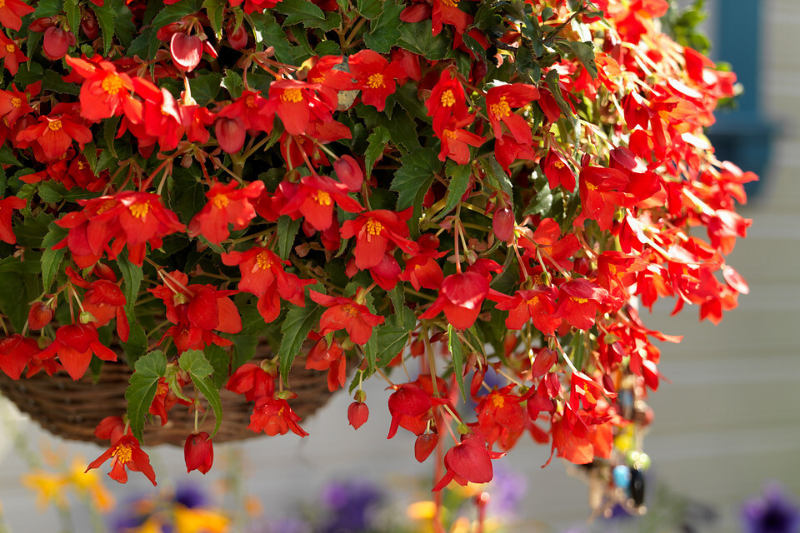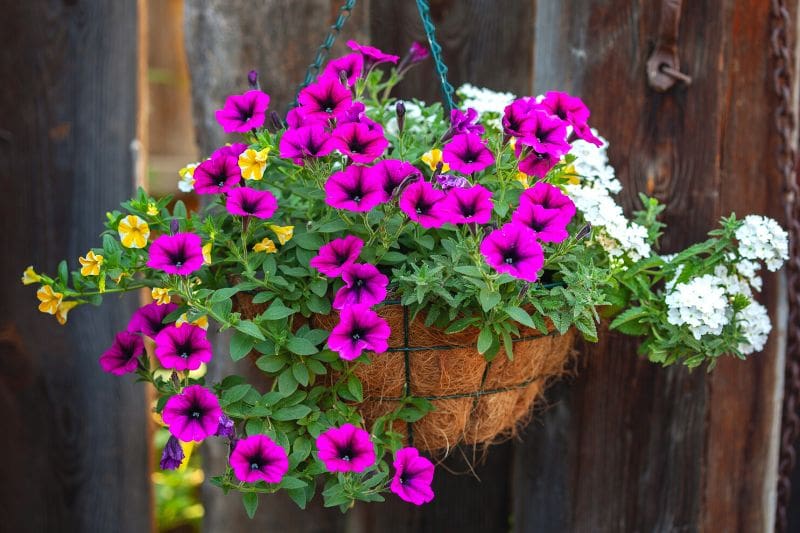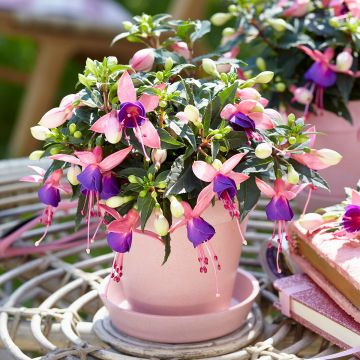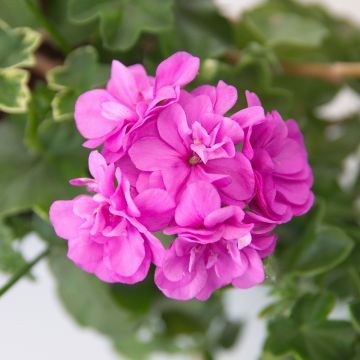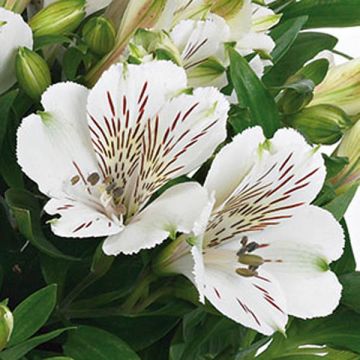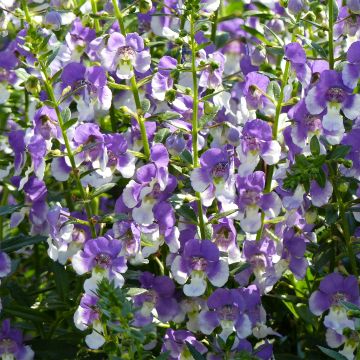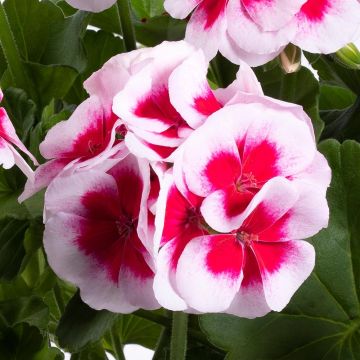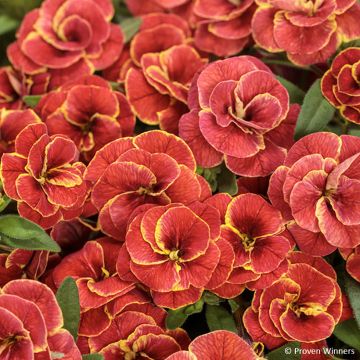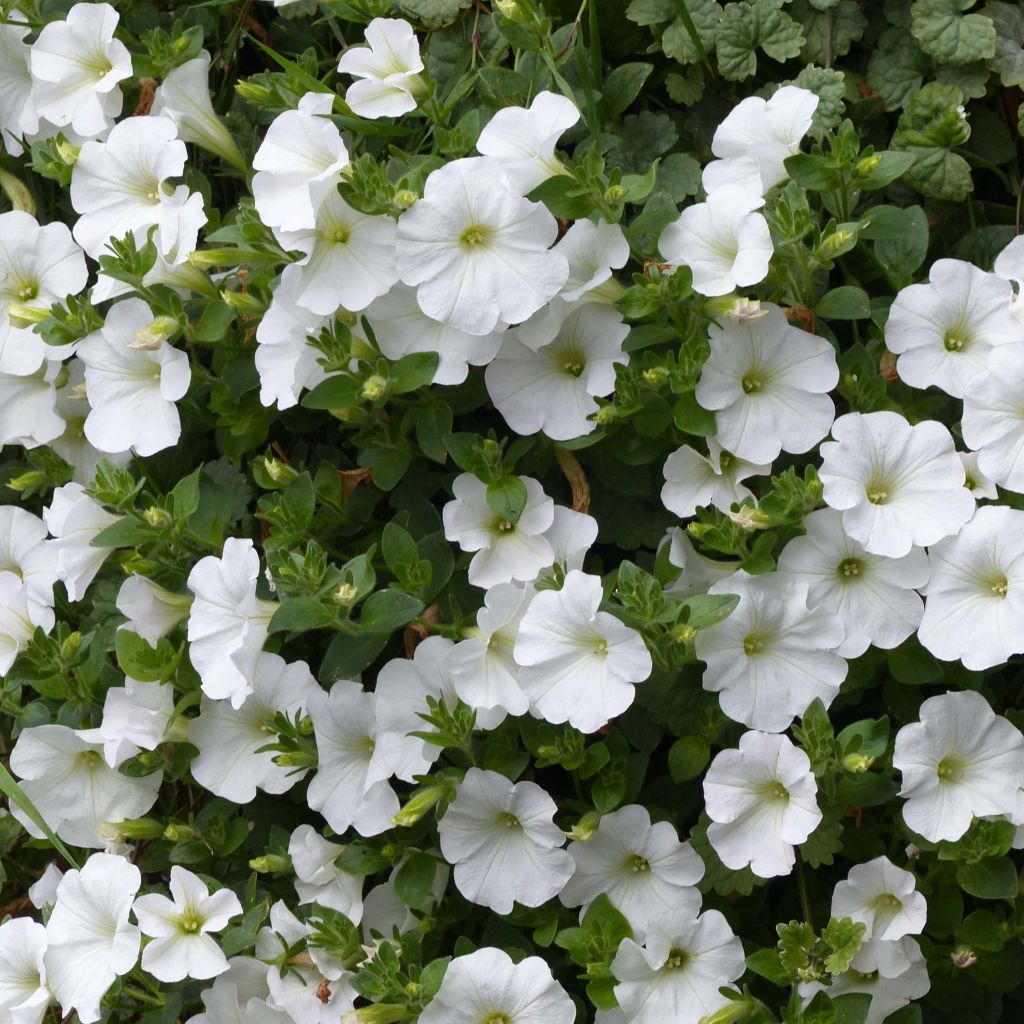

Petunia Surfinia Snow
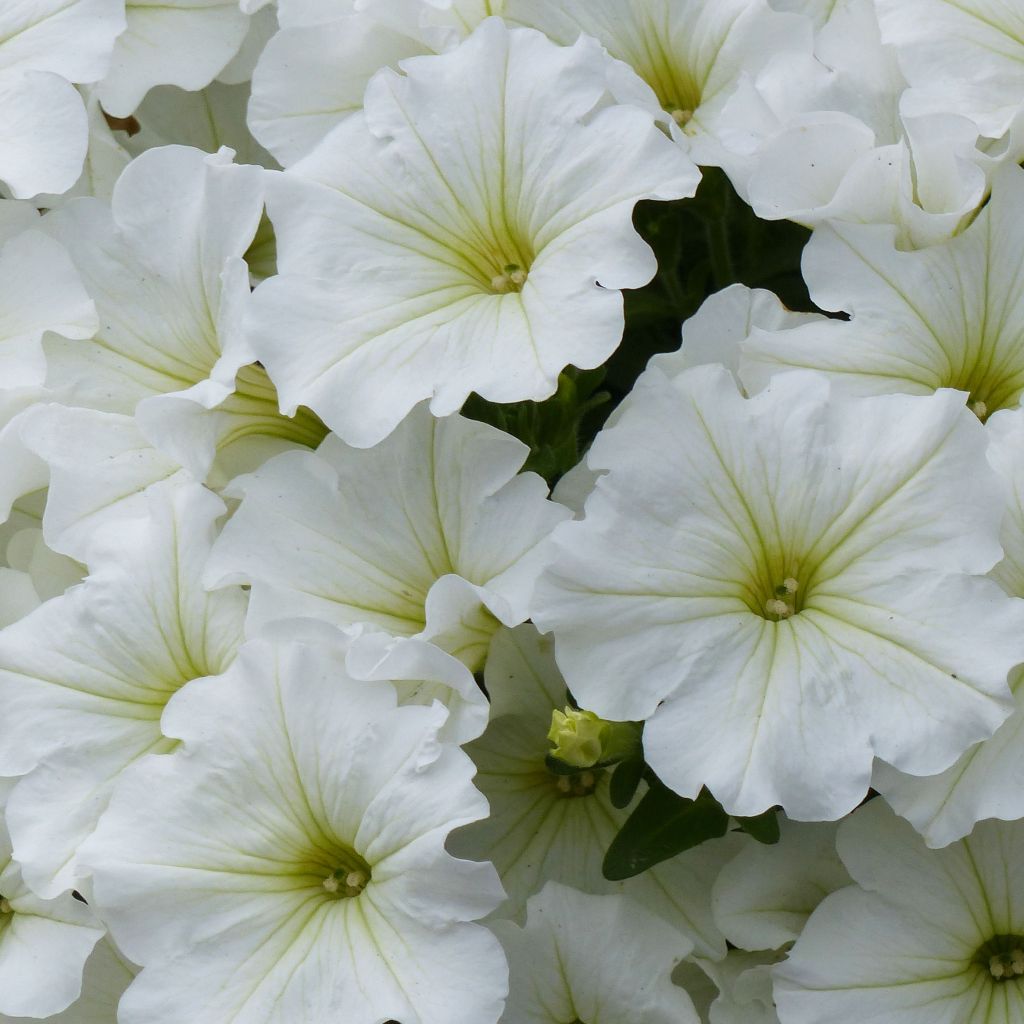

Petunia Surfinia Snow


Petunia Surfinia Snow
Petunia Surfinia Snow
Petunia x surfinia Snow
Petunia Surfinia
The young plants received in good condition and well packaged seem to be developing normally. They are already flowering.
Lylla, 28/05/2025
Special offer!
Receive a €20 voucher for any order over €90 (excluding delivery costs, credit notes, and plastic-free options)!
1- Add your favorite plants to your cart.
2- Once you have reached €90, confirm your order (you can even choose the delivery date!).
3- As soon as your order is shipped, you will receive an email containing your voucher code, valid for 3 months (90 days).
Your voucher is unique and can only be used once, for any order with a minimum value of €20, excluding delivery costs.
Can be combined with other current offers, non-divisible and non-refundable.
Home or relay delivery (depending on size and destination)
Schedule delivery date,
and select date in basket
This plant carries a 6 months recovery warranty
More information
We guarantee the quality of our plants for a full growing cycle, and will replace at our expense any plant that fails to recover under normal climatic and planting conditions.

Would this plant suit my garden?
Set up your Plantfit profile →
Description
This Petunia Surfinia Snow lives up to its promises: its medium-sized, pure white flowers are early and continue to bloom until the end of summer, covering a vigorous, dense, and trailing vegetation. This variety is ideal for quickly creating a summer decoration, whether in hanging baskets, flower pots, or floral arrangements.
Our hybrid petunias all come from several plants native to the hot regions of South America. The Petunia 'Surfinia Snow' belongs to the Solanaceae family, it is close to ornamental tobacco, for example, and its foliage also contains alkaloids. The 'Surfinia Snow' variety quickly forms a round and spreading clump, 30 cm (11.8 in) tall and 50 cm (19.7 in) in diameter, with a gracefully trailing habit. The plant blooms from June to October, provided it is regularly fertilised. Its cup-shaped flowers are medium-sized, pure white, tightly packed together on dense foliage. The small centre of the corolla is marked with green. The foliage, quite hairy, has entire edges and a dark green colour, it is vigorous and healthy. The Surfinia group of petunias, developed in Japan, shows exceptional flower density and adapts well to all climates.
No other annual flowering plant has undergone such intense selection by breeders for such a long period of time. The results are impressive, as petunias compete with geraniums in terms of splendour and length of flowering, as demonstrated by this Surfinia Snow variety. Plant it in large pots or hanging baskets, creating a perfect contrast with the black petunia. You can also plant it in flower beds, to punctuate borders of plants with grey foliage such as cerastium, silver ragwort, or artemisia. If you want to stand out, plant several plants to form an original ground cover at the base of plants with grey foliage such as Faassen's catmints or annual poppies in pastel colors.
Note: Please be aware that our young plants in mini-plugs are professional products reserved for experienced gardeners: upon receipt, transplant and store them in shelters (veranda, greenhouse, cold frame...) at a temperature above 14°C for a few weeks before installing them outdoors once all risk of frost has passed.
Petunia Surfinia Snow in pictures
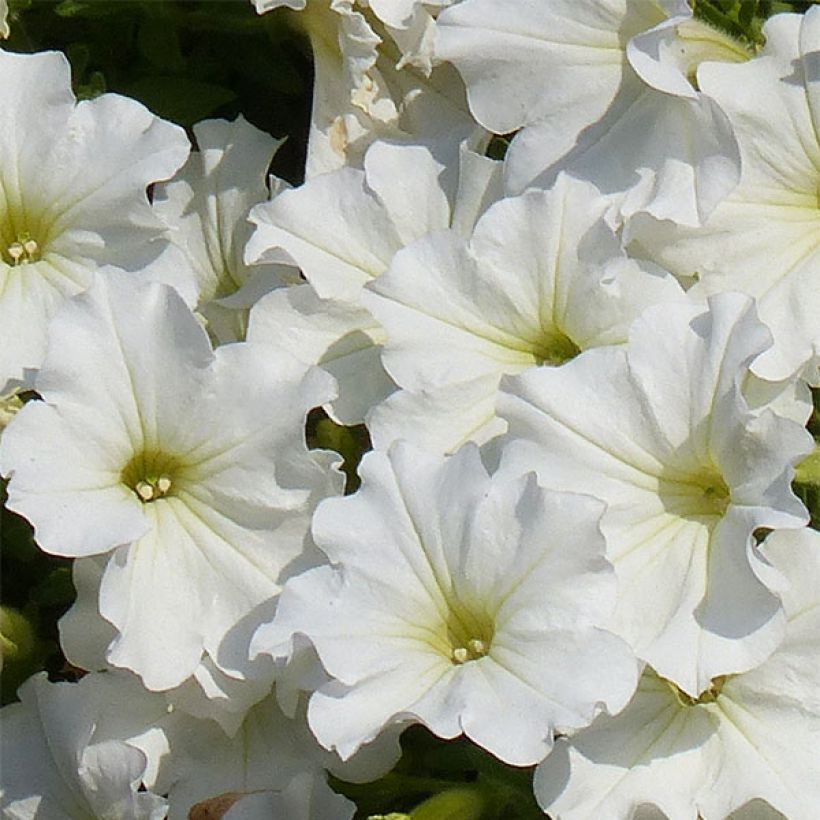

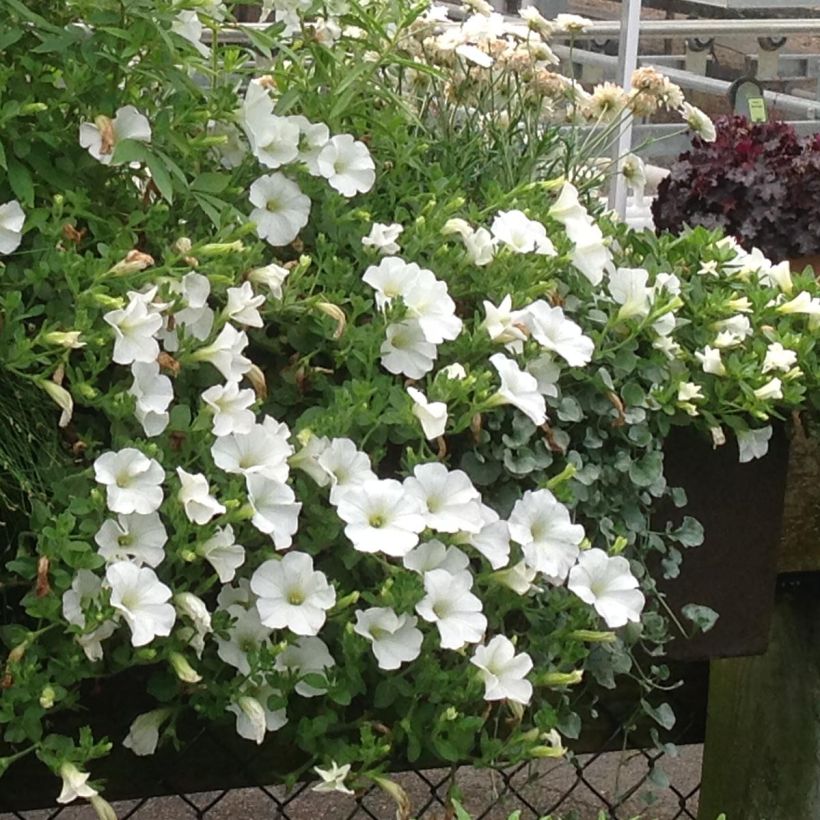

Flowering
Foliage
Plant habit
Botanical data
Petunia
x surfinia
Snow
Solanaceae
Petunia Surfinia
Cultivar or hybrid
Other Petunia and Surfinia
View all →Planting and care
Plant your petunias in a sunny location or possibly in partial shade, in a sheltered spot from the wind. They need a light and humus-bearing soil and greatly appreciate fertiliser inputs. You can plant your Petunias in a pot. They will be regularly watered. Fertiliser inputs every two weeks maintain flowering and intensify colours. Regularly remove faded flowers. Severely pinch the end of the stems at the beginning of the season to encourage the plant to branch out more.
Planting period
Intended location
Care
Planting & care advice
-
, onOrder confirmed
Reply from on Promesse de fleurs
Similar products
Haven't found what you were looking for?
Hardiness is the lowest winter temperature a plant can endure without suffering serious damage or even dying. However, hardiness is affected by location (a sheltered area, such as a patio), protection (winter cover) and soil type (hardiness is improved by well-drained soil).

Photo Sharing Terms & Conditions
In order to encourage gardeners to interact and share their experiences, Promesse de fleurs offers various media enabling content to be uploaded onto its Site - in particular via the ‘Photo sharing’ module.
The User agrees to refrain from:
- Posting any content that is illegal, prejudicial, insulting, racist, inciteful to hatred, revisionist, contrary to public decency, that infringes on privacy or on the privacy rights of third parties, in particular the publicity rights of persons and goods, intellectual property rights, or the right to privacy.
- Submitting content on behalf of a third party;
- Impersonate the identity of a third party and/or publish any personal information about a third party;
In general, the User undertakes to refrain from any unethical behaviour.
All Content (in particular text, comments, files, images, photos, videos, creative works, etc.), which may be subject to property or intellectual property rights, image or other private rights, shall remain the property of the User, subject to the limited rights granted by the terms of the licence granted by Promesse de fleurs as stated below. Users are at liberty to publish or not to publish such Content on the Site, notably via the ‘Photo Sharing’ facility, and accept that this Content shall be made public and freely accessible, notably on the Internet.
Users further acknowledge, undertake to have ,and guarantee that they hold all necessary rights and permissions to publish such material on the Site, in particular with regard to the legislation in force pertaining to any privacy, property, intellectual property, image, or contractual rights, or rights of any other nature. By publishing such Content on the Site, Users acknowledge accepting full liability as publishers of the Content within the meaning of the law, and grant Promesse de fleurs, free of charge, an inclusive, worldwide licence for the said Content for the entire duration of its publication, including all reproduction, representation, up/downloading, displaying, performing, transmission, and storage rights.
Users also grant permission for their name to be linked to the Content and accept that this link may not always be made available.
By engaging in posting material, Users consent to their Content becoming automatically accessible on the Internet, in particular on other sites and/or blogs and/or web pages of the Promesse de fleurs site, including in particular social pages and the Promesse de fleurs catalogue.
Users may secure the removal of entrusted content free of charge by issuing a simple request via our contact form.
The flowering period indicated on our website applies to countries and regions located in USDA zone 8 (France, the United Kingdom, Ireland, the Netherlands, etc.)
It will vary according to where you live:
- In zones 9 to 10 (Italy, Spain, Greece, etc.), flowering will occur about 2 to 4 weeks earlier.
- In zones 6 to 7 (Germany, Poland, Slovenia, and lower mountainous regions), flowering will be delayed by 2 to 3 weeks.
- In zone 5 (Central Europe, Scandinavia), blooming will be delayed by 3 to 5 weeks.
In temperate climates, pruning of spring-flowering shrubs (forsythia, spireas, etc.) should be done just after flowering.
Pruning of summer-flowering shrubs (Indian Lilac, Perovskia, etc.) can be done in winter or spring.
In cold regions as well as with frost-sensitive plants, avoid pruning too early when severe frosts may still occur.
The planting period indicated on our website applies to countries and regions located in USDA zone 8 (France, United Kingdom, Ireland, Netherlands).
It will vary according to where you live:
- In Mediterranean zones (Marseille, Madrid, Milan, etc.), autumn and winter are the best planting periods.
- In continental zones (Strasbourg, Munich, Vienna, etc.), delay planting by 2 to 3 weeks in spring and bring it forward by 2 to 4 weeks in autumn.
- In mountainous regions (the Alps, Pyrenees, Carpathians, etc.), it is best to plant in late spring (May-June) or late summer (August-September).
The harvesting period indicated on our website applies to countries and regions in USDA zone 8 (France, England, Ireland, the Netherlands).
In colder areas (Scandinavia, Poland, Austria...) fruit and vegetable harvests are likely to be delayed by 3-4 weeks.
In warmer areas (Italy, Spain, Greece, etc.), harvesting will probably take place earlier, depending on weather conditions.
The sowing periods indicated on our website apply to countries and regions within USDA Zone 8 (France, UK, Ireland, Netherlands).
In colder areas (Scandinavia, Poland, Austria...), delay any outdoor sowing by 3-4 weeks, or sow under glass.
In warmer climes (Italy, Spain, Greece, etc.), bring outdoor sowing forward by a few weeks.






























